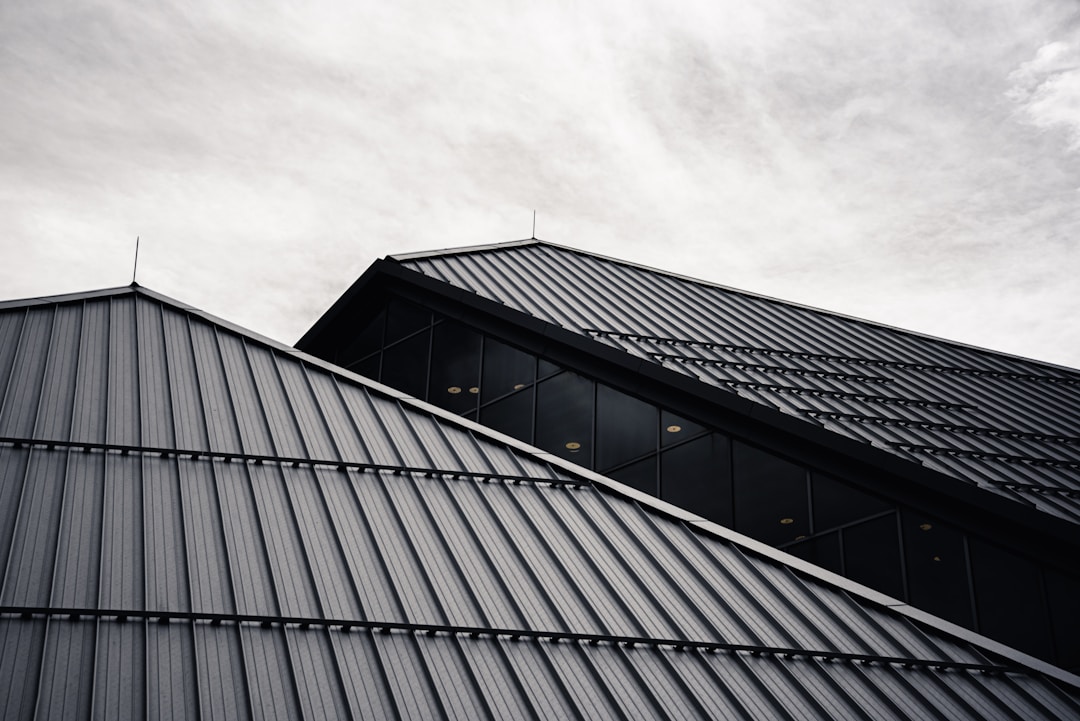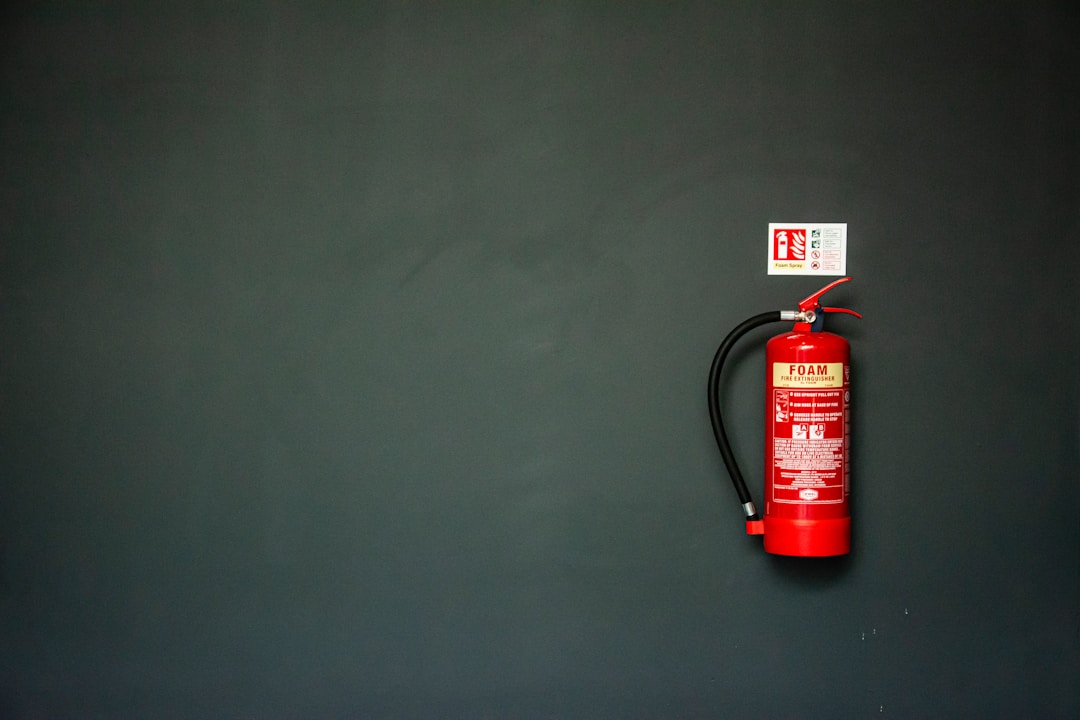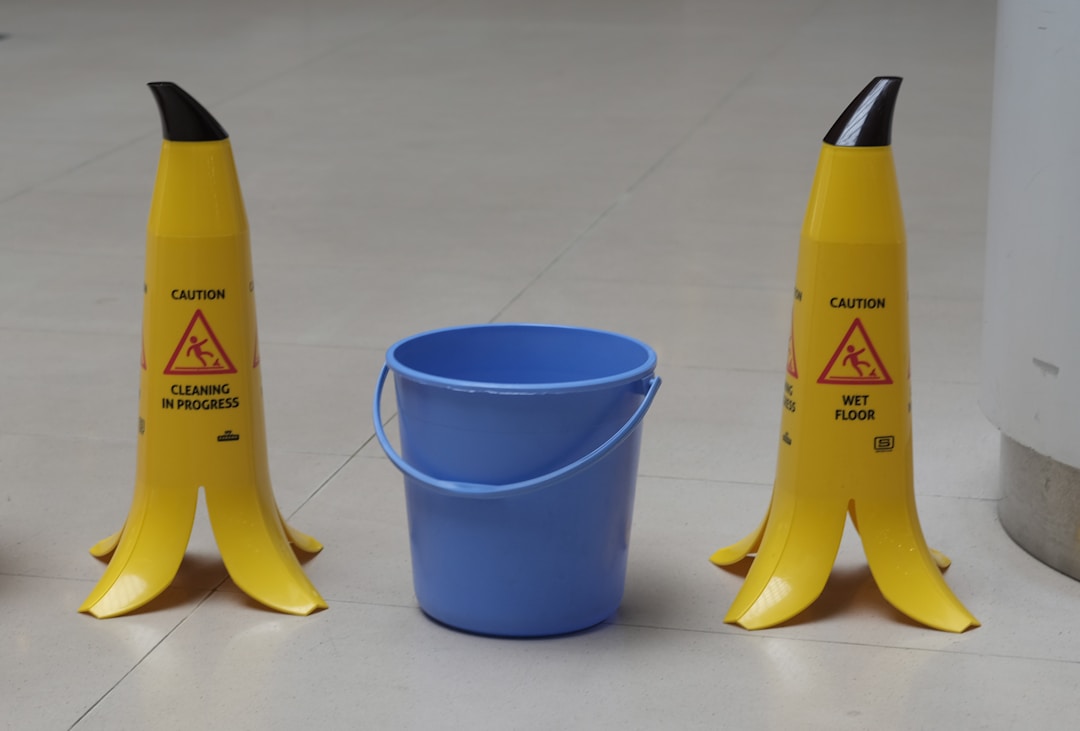Employers have multiple factors to consider when making business decisions. While generating revenue is crucial, protecting employees mitigates costs because you won’t have to deal with lawsuits stemming from workplace accidents or reputation management after a crime.
Focusing on building maintenance and workplace safety can reduce your insurance costs and protect employees, enabling you to retain and attract employees because of your reputation for safety. Let’s look at some steps you can take to keep your building up to code and protect your employees at the same time.
Install a new roof.

Your roof’s a vital component of your building, and it’s crucial you address roof repairs promptly. Missing shingles and holes can lead to leaks. Moisture buildup can rot support beams, ceilings, floors, and walls. It can also lead to mold growth. It can cost thousands to repair structural damage stemming from roof leaks, and it can also cost thousands to remediate mold. Damage from a leaking roof threatens worker safety in multiple ways. Ceilings and walls can collapse and cause injuries. Breathing mold can trigger various health issues, including respiratory illnesses, asthma, and allergic reactions.
Employee illnesses and injuries can cause delays, affect workplace morale, and prompt staff to look for new employment opportunities. You can prevent illnesses and injuries stemming from a leaking roof by examining your commercial roof options and installing a new roof. Expert roofing companies can install flat roofs and sloped roofs, ensuring you can find a suitable solution for your roofing needs. Your roofing materials will affect the cost and will also determine the anticipated lifespan of your commercial roof. Asphalt shingles are more affordable and typically last 20 years. Slate tiles are more expensive but have a typical lifespan of 60 years or more.
Update your electrical and invest in fire safety equipment.

Outdated wiring systems cause electrical fires. The electronic equipment used today requires a substantial amount of power. Contact an electrician if you notice breakers tripping regularly or flickering lights. Strange odors can also be a sign of electrical problems. Your electrician can evaluate your system and your needs to determine if you need to replace your wiring or upgrade your electrical panel.
Install smoke detectors and place fire extinguishers throughout your building. Also, create emergency evacuation maps and display these maps on the walls to ensure that employees, clients, and anyone else in the building can find the nearest exit in an emergency.
Pay for safety training.

The Occupational Safety and Health Administration (OSHA) is a federal agency. The U.S. Department of Labor created OSHA in 1971. OSHA’s purpose is to establish workplace safety protocols and ensure employers adhere to safety regulations.
You can improve workplace safety by making completion of an OSHA certification program a condition of employment. The OSHA 10-hour course is designed for new employees, while OSHA 30 equips supervisors with the knowledge needed to prevent workplace accidents and eliminate hazards. OSHA 30 is also an ideal course for construction workers and employees using dangerous equipment.
Add safety features.

You can improve safety for employees by installing appropriate safety features throughout your building. Ensure there are non-slip mats at entryways to prevent people from slipping. Have caution signs to alert staff when there’s a wet floor they should avoid. Additionally, ensure you have first aid kits throughout your building and provide staff with masks and other safety equipment to protect them from potential hazards.
Carbon monoxide detectors are essential if you have an attached garage or use equipment that produces carbon monoxide. You can also install high-efficiency particulate air (HEPA) filters or ultraviolet air purifiers to kill viruses, bacteria, and allergens. Improving indoor air quality can prevent illnesses and ensure workers enjoy a safe, comfortable work environment.
Protecting your employees can help you retain staff. You can also reduce insurance costs and prevent delays by investing in building maintenance that keeps your employees safe.

